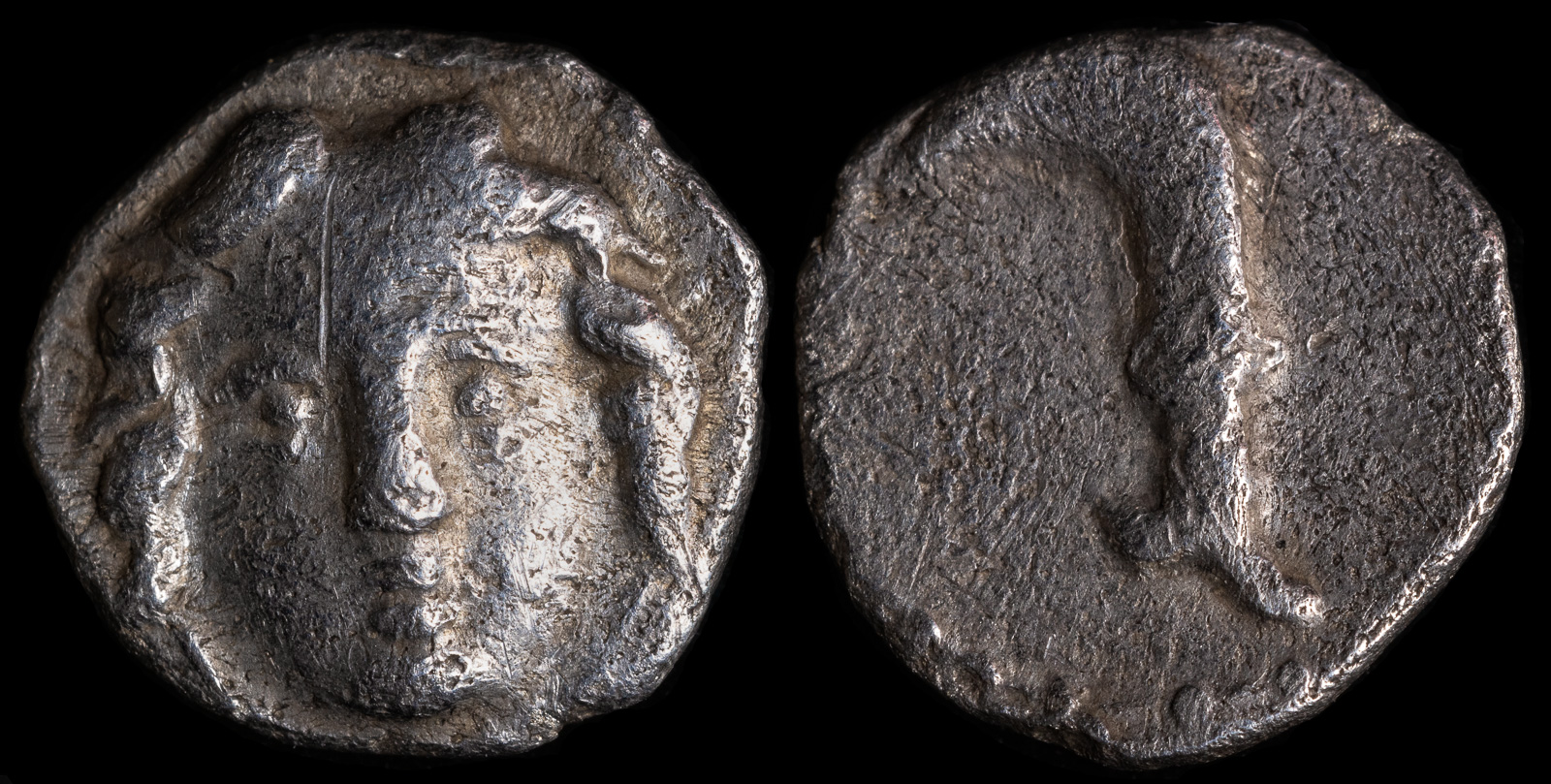Knife
View All Tags
The most common type of knife in ancient Greece was the utility knife, which had a simple, practical design. These knives were used for a range of everyday tasks, including cutting food, leather, and wood. The blades were typically made from bronze or iron, and the handles were often crafted from wood, bone, or horn. These knives were frequently carried by individuals, both in urban and rural areas, and were used by farmers, craftsmen, and soldiers alike. They were often small and portable, easy to carry in a pouch or attached to a belt.
Knives also played a significant role in ancient Greek warfare. One notable type of knife was the xiphos, a short, double-edged sword often used as a secondary weapon by Greek hoplites (heavily armed foot soldiers). While the xiphos is generally considered a type of sword, its relatively short blade (ranging from 18 to 24 inches) made it akin to a large knife. The xiphos was used for thrusting in close combat, particularly when a soldier’s spear or shield was no longer effective. Its practical size made it ideal for quick, decisive strikes.
Another type of combat knife was the dagger, which had a single or double-edged blade and was used for personal defense or as a ritual weapon. These daggers were often richly decorated and could be used in ceremonial contexts, such as offerings to gods or in the context of sacrifice.
In addition to practical and combat knives, there were also ritual knives, which were primarily used in religious ceremonies and sacrifices. These knives were often elaborately crafted and could be decorated with intricate patterns or inlaid with precious metals. They were considered sacred and were used in the sacrifice of animals, such as the common use of knives in the offerings made to gods like Apollo, Zeus, and Artemis. The sacrificial knife symbolized both purification and devotion, and it was believed that the proper use of the knife in sacrifice would ensure the gods’ favor.
The knife held symbolic significance in Greek culture, representing both practical utility and divine power. In mythology, knives and blades were sometimes associated with heroes or gods. For example, Perseus used a special sword to defeat Medusa, and Zeus wielded a thunderbolt that, in some artistic depictions, resembled a giant knife or blade. The knife could also symbolize justice and precision, as its sharp edge could cut through confusion or deceit, much like the clarity sought in judicial and moral decisions.

Pisidia, Etenna
Circa 250 BCE
AR Obol .64g, 9mm
Facing gorgon head
Curved knife within a pellet border.
SNG France 1530